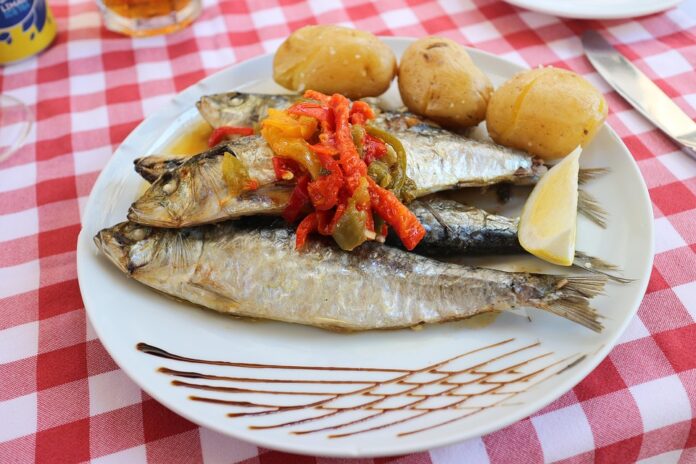Sardine Production Trade and Consumption: A 360° Industry Report
Sardines are an essential part of the global seafood industry, with a long history of production, trade, and consumption. In this report, we will delve into the various aspects of sardine production, trade, and consumption, providing insights into the current trends, challenges, and opportunities within the industry.
Global Sardine Production
Sardines are small, oily fish that are found in abundance in various parts of the world. The top producers of sardines include countries like Morocco, Peru, and Spain. These countries have well-established sardine fishing industries that contribute significantly to the global supply of sardines.
According to the Food and Agriculture Organization (FAO), global sardine production has been relatively stable in recent years, with around 3 million metric tons of sardines caught annually. However, there have been fluctuations in production due to factors such as environmental changes, overfishing, and market demand.
Trade Dynamics
Sardines are a highly traded commodity, with significant volumes of sardines being exported and imported around the world. The top exporters of sardines include countries like Thailand, China, and Vietnam, while the top importers include countries like Japan, the United States, and Italy.
The sardine trade is influenced by factors such as market demand, production levels, government regulations, and international trade agreements. The trade dynamics of sardines can be complex, with fluctuations in prices and volumes depending on various market factors.
Consumption Trends
Sardines are a popular seafood choice in many parts of the world due to their affordability, nutritional value, and versatility in cooking. Sardines are rich in omega-3 fatty acids, protein, and other essential nutrients, making them a healthy food option for consumers.
Consumption of sardines is highest in countries with a strong seafood culture, such as Spain, Portugal, and Japan. However, sardines are also gaining popularity in other parts of the world due to their health benefits and culinary versatility.
Challenges and Opportunities
The sardine industry faces several challenges, including overfishing, environmental concerns, and market volatility. Overfishing can deplete sardine stocks and harm marine ecosystems, leading to sustainability issues for the industry.
However, there are also opportunities for growth and innovation within the sardine industry. Sustainable fishing practices, aquaculture technologies, and product diversification are ways in which the industry can address these challenges and capitalize on market opportunities.
Financial Data
The global sardine industry is a multi-billion-dollar market, with significant revenues generated from sardine production, trade, and consumption. According to industry reports, the global sardine market is expected to grow at a steady rate in the coming years, driven by increasing demand for seafood products and changing consumer preferences.
Conclusion
In conclusion, the sardine industry is a vital part of the global seafood market, with a long history of production, trade, and consumption. While the industry faces challenges such as overfishing and market volatility, there are also opportunities for growth and innovation within the industry.
By adopting sustainable practices, investing in technology, and meeting consumer demands, the sardine industry can continue to thrive and contribute to the global food supply. With the right strategies and initiatives, the sardine industry can overcome challenges and seize opportunities for a brighter future.




